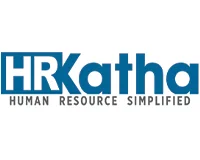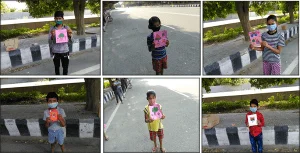Information technology (IT) services provider, Birlasoft, has come up with a novel way to tackle the delivery and productivity issue amidst remote work during the COVID lockdown. Focusing on being lean and nimble, the Company has incorporated a governance model across the organisation, where teams are shrunk into microcosms, or smaller agile teams, with clear ownership and accountability of deliverables, balanced with feasible and achievable workloads.
So how did Birlasoft ensure agility and nimbleness?
"It was important for us to ensure that clients and teams are on the same page. This is a new way of life and has its own potential for leakages. It was essential to find a novel method of working which was efficient, acceptable and useful for all stakeholders during these times to generate the right kind of output."
- (SK) Shreeranganath Kulkarni
Usually, the teams deployed by the organisation to service clients are large, with 100, 150 or even 200 members. In a remote working setup, however, collaboration and communication amongst members of such large teams took up more than the usual time it would otherwise require in the normal office environment. With the exchange of information becoming more time consuming, project delivery got impacted.
To tackle this issue, Birlasoft came up with a governance model, where critical elements were selected to form a smaller team of around 5, 10 or 15 members. These leaner teams were then given a mandate to operate and function as an independent leg in a project, with micro deliverables and faster rates of delivery.
To ensure that responsibility and accountability were maintained even while facilitating constant communication with each other, standard protocols applicable in remote work environments were put in place along with overlays, such as the need for daily calls with all stakeholders.
Creating 'agile pods'
For each ‘pod’, a set of people with compatible skills is brought together to form a smaller team. The size of the group depends on the project load — a bigger project requires a larger pod.
For instance, for each team to have a complete set of essential skill sets, there has to be a scrum master, a domain expert, a technology architect, a person in charge of testing applications and a person to document it all, among others.
"Some of Our Victories During the Pandemic Were Because We Were Able to Deliver Beyond Client Expectations."
- Arun Rao
Agile pods work because since the teams are smaller, the members are aware of each other’s strengths and weaknesses, which allows them to develop a rhythm and cohesiveness.
“This has made a huge difference in terms of our delivery and winning client confidence. In fact, some of our victories during the pandemic were because we were able to deliver beyond client expectations,” reveals (SK) Shreeranganath Kulkarni, Former Chief Delivery Officer (CDO), Birlasoft.
Delivery has speeded up for Birlasoft with the addition of these agile pods. Teams are now working on smaller work packages, with work becoming easier to track. Moreover, delivery for these packages has been possible in 8, 16 or 24 hours, which means just one, two or three days.
To further ensure, that there are no delays due lack of communication or clarity, dedicated time slots have been put in place, for clarification of doubts by each team.







